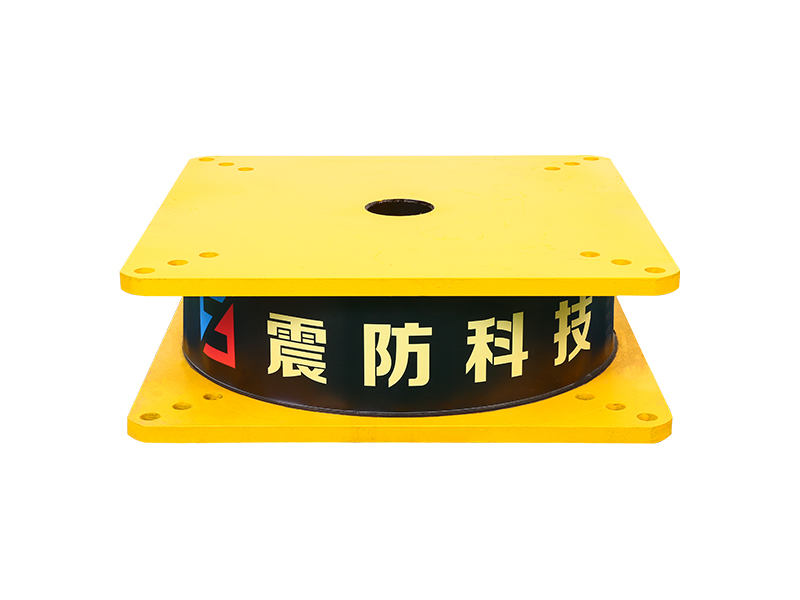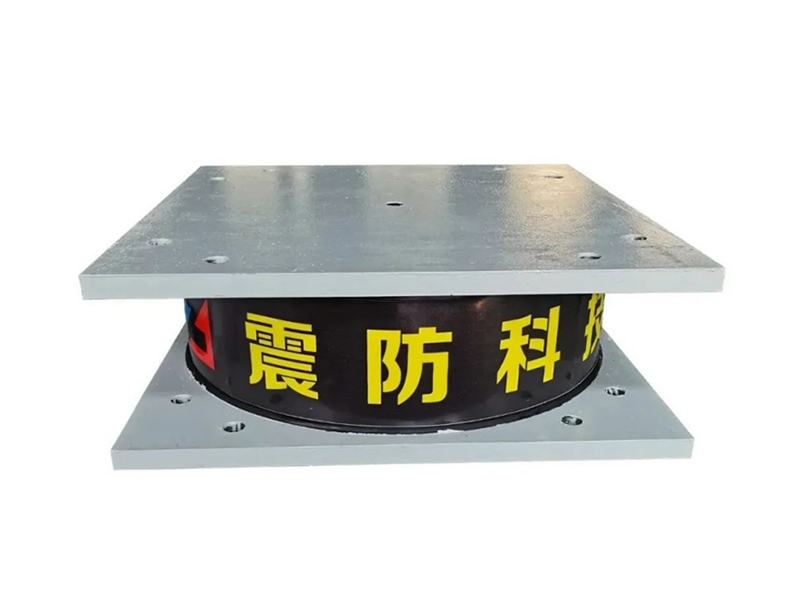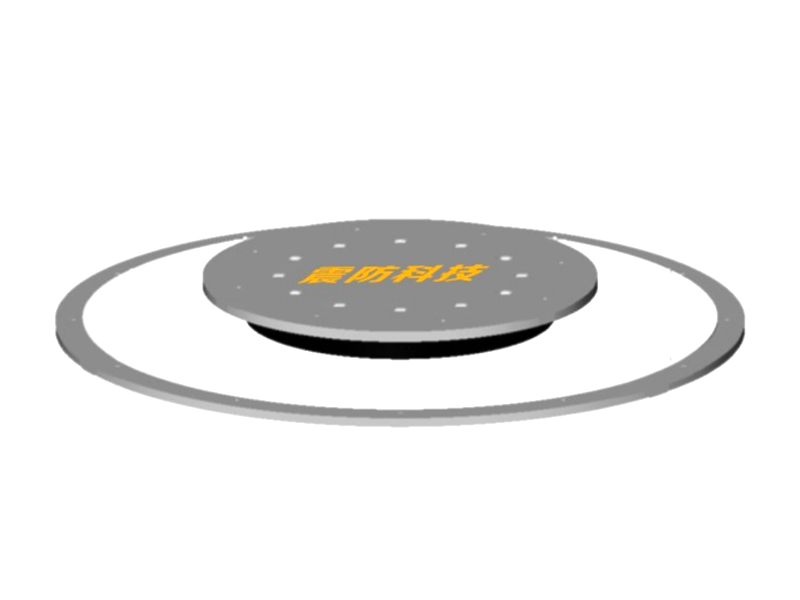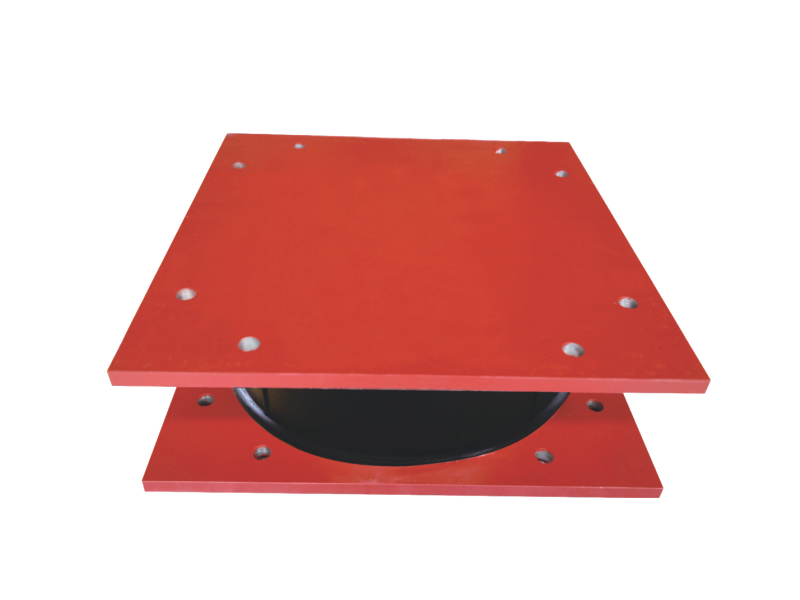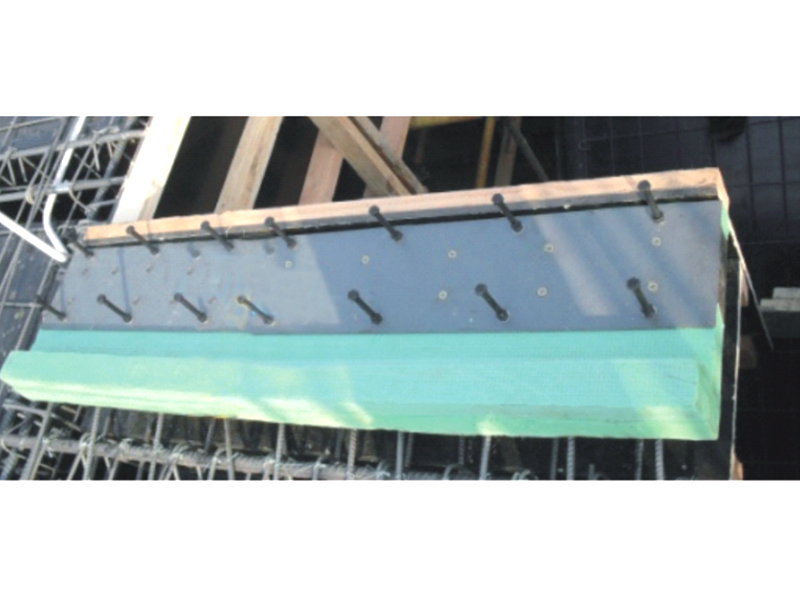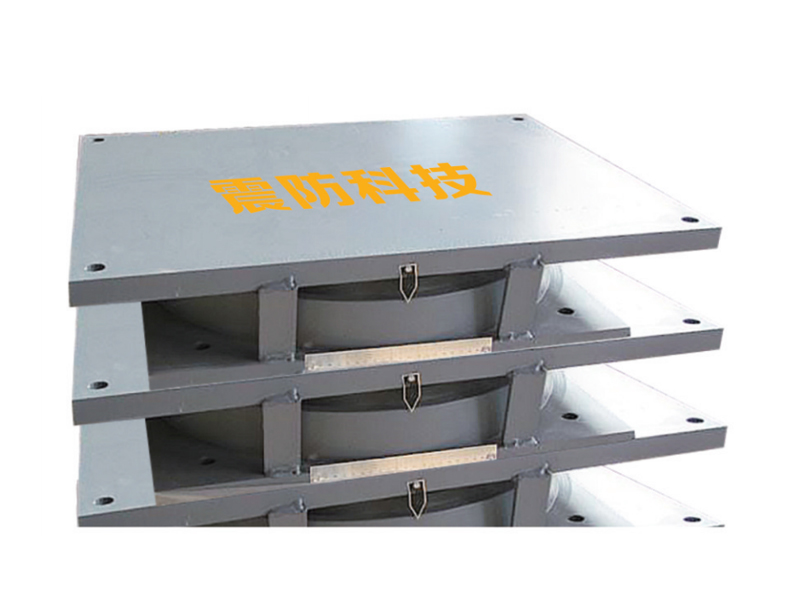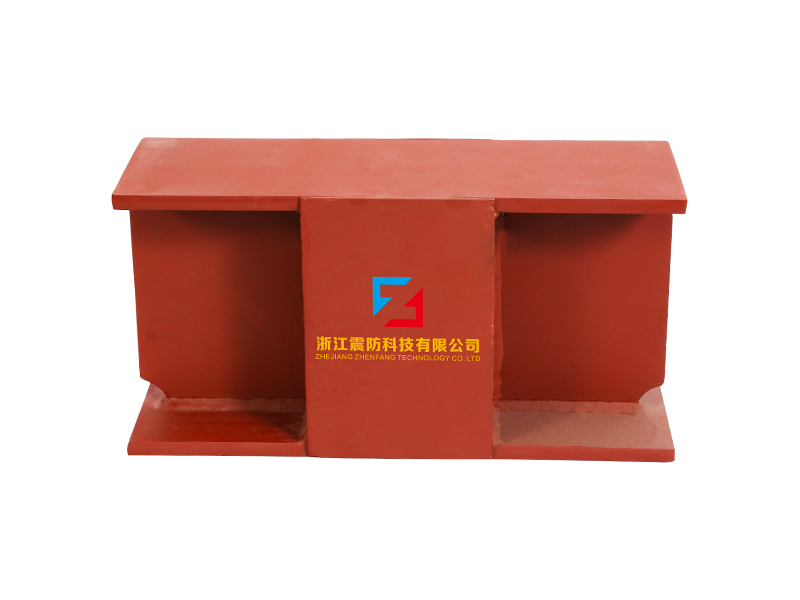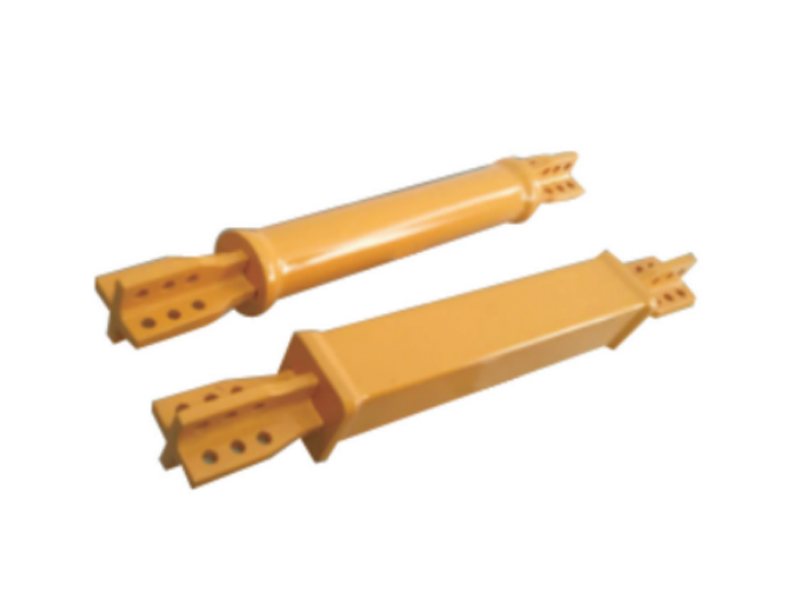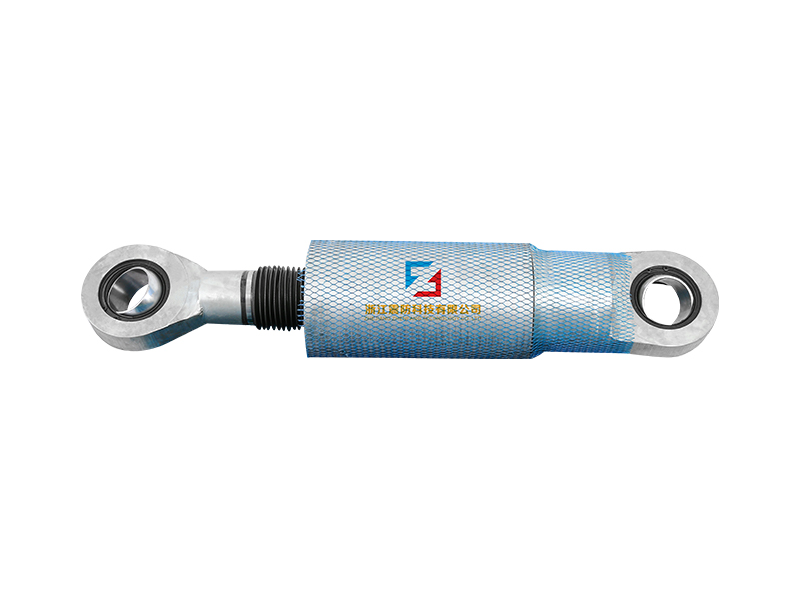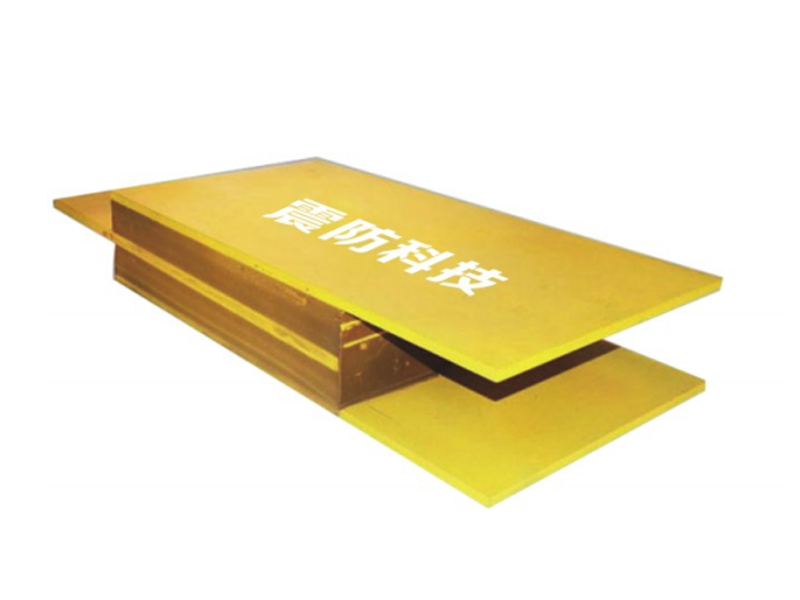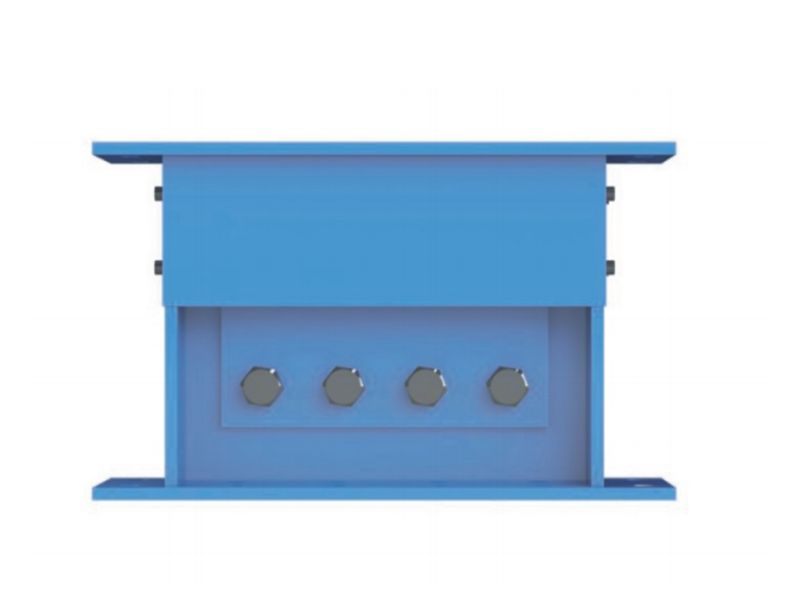The company has been adhering to the corporate tenet of "quality first, customer first", and sincerely welcomes domestic and foreign customers to visit and guide.
GET A QUOTEIn earthquake-prone regions, ensuring the stability and safety of structures is a priority. One of the effective technological innovations to emerge in recent years is the Building Seismic Isolation Rubber Vibration Bearing. This essential device significantly enhances the earthquake resistance of buildings by isolating structures from ground movements, reducing the forces transmitted during seismic events.
What is a Building Seismic Isolation Rubber Vibration Bearing?
A Building Seismic Isolation Rubber Vibration Bearing is a specially designed structural component installed between a building's superstructure and its foundation. It primarily consists of alternating layers of rubber and steel plates bonded together to create a flexible, durable bearing capable of absorbing and dissipating seismic energy. The rubber layers provide the necessary flexibility, while the steel plates offer strength and stability.
How It Works
During an earthquake, the ground moves in sudden, powerful jolts. A fixed-base building will absorb and react to these forces directly, often resulting in structural damage or collapse. However, when a Building Seismic Isolation Rubber Vibration Bearing is used, it acts as a buffer or isolator. The flexible layers allow horizontal movement while reducing the vertical displacement. This controlled flexibility reduces the transmission of seismic forces from the ground to the building.
This isolation mechanism effectively "floats" the structure above the shaking ground, allowing it to remain relatively stable even during high-magnitude earthquakes. Consequently, buildings equipped with Building Seismic Isolation Rubber Vibration Bearings are less likely to suffer damage, making them safer for occupants and more cost-effective in the long term.
Applications and Benefits
The use of Building Seismic Isolation Rubber Vibration Bearings is growing across various sectors, including hospitals, schools, government facilities, high-rise buildings, and bridges. These bearings are particularly valuable in critical infrastructure where functionality must be maintained even after a major seismic event.
Some key benefits include:
Enhanced Safety: By reducing seismic energy transmission, these bearings significantly lower the risk of structural failure.
Durability: Designed to withstand multiple seismic events without significant degradation.
Cost Efficiency: Though the initial investment may be higher, the reduction in post-earthquake repair costs and downtime makes it financially beneficial.
Design Flexibility: Suitable for both new constructions and retrofitting existing buildings.
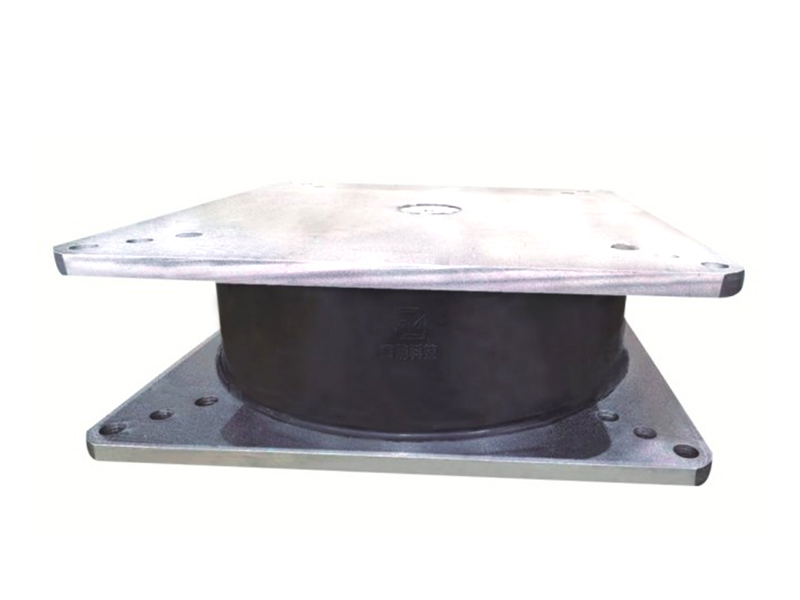
Design Considerations
When incorporating Building Seismic Isolation Rubber Vibration Bearings into a project, several factors must be considered:
Load Capacity: The bearing must support the weight of the building while allowing horizontal movement.
Displacement Capacity: It must accommodate expected ground movement ranges.
Material Quality: High-grade rubber and corrosion-resistant steel ensure long-term performance.
Environmental Conditions: Temperature harshs, moisture, and chemical exposure can affect bearing performance, so materials and design must reflect site-specific conditions.
Engineers use sophisticated modeling and simulations to determine the good specifications for each Building Seismic Isolation Rubber Vibration Bearing used in a structure.
Advances in Seismic Isolation Technology
With the increasing demand for resilient infrastructure, continuous improvements are being made in the design and manufacturing of Building Seismic Isolation Rubber Vibration Bearings. Innovations include the use of high-damping rubber, lead-core isolation bearings, and smart materials that adapt to changing load conditions. These enhancements further improve energy dissipation and longevity.
Moreover, testing standards and quality control processes have also advanced. Bearings now undergo rigorous seismic simulation tests to ensure they perform as expected under harsh conditions. These measures help engineers and architects trust the integrity and effectiveness of the Building Seismic Isolation Rubber Vibration Bearing.
